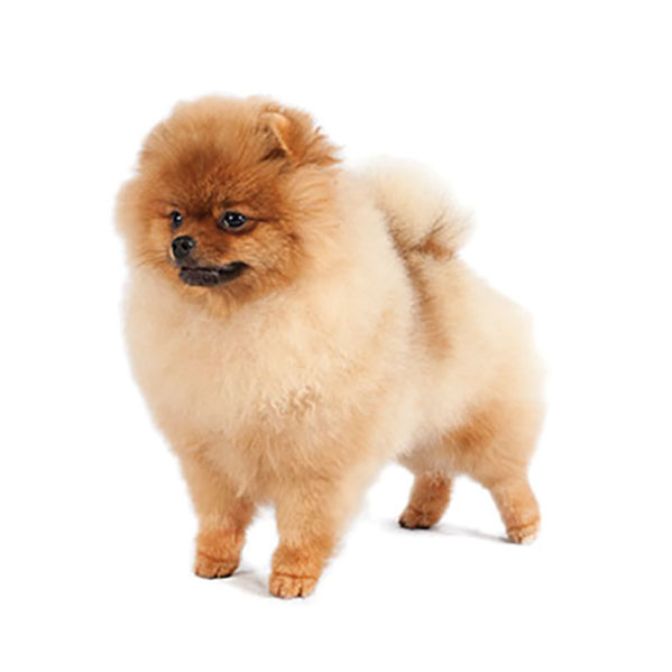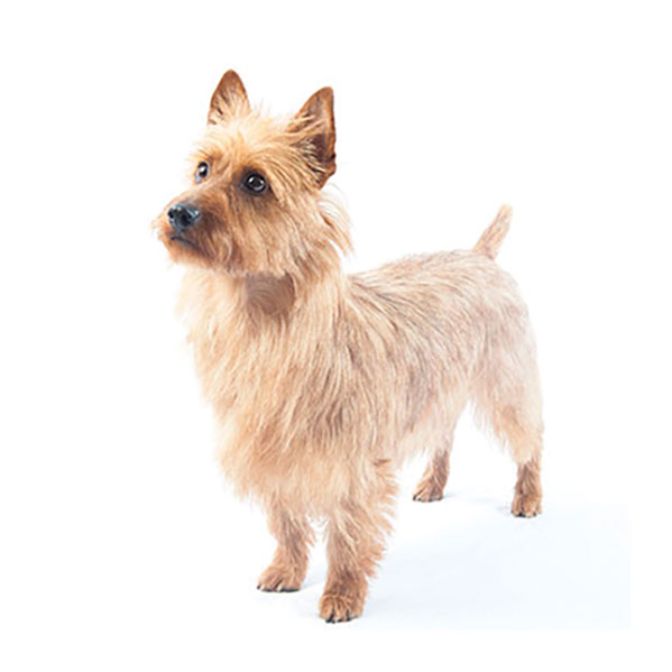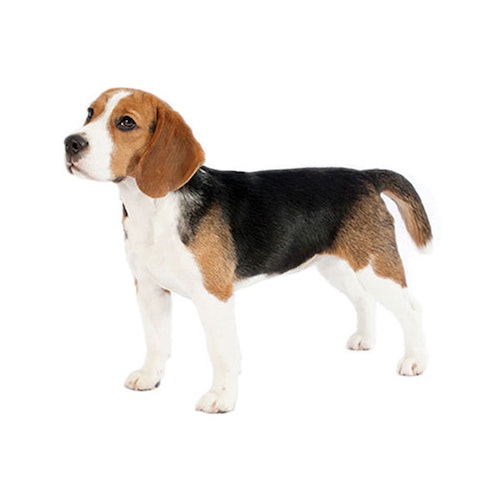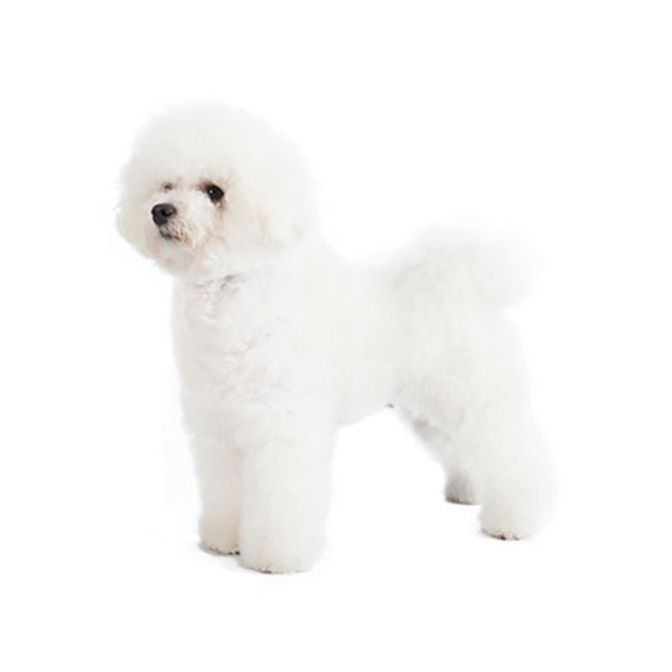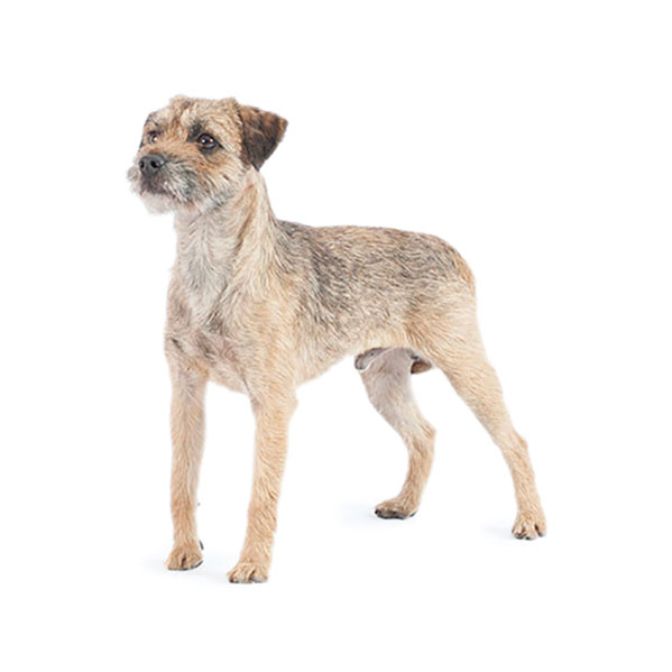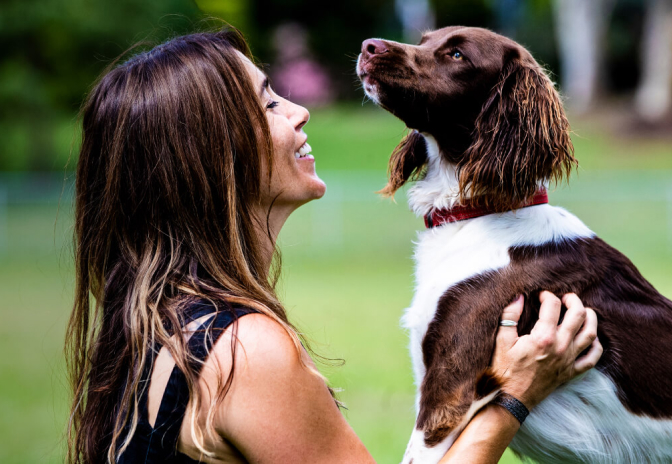Pomeranian
Small
Long
18 to 28cm tall
Low
1 to 3kg
Obedience, Rally Obedience
Beaver, black, blue, blue merle, chocolate, cream, orange, red and white.
The breed is full of its own self-importance and likes nothing better than to strut about either in the show-ring or when out for a walk! They are lively and energetic little dogs who are very loyal to their families.
Poms love to be carried about and handled but do not overdo this, as they can become jealous and even a bit nippy! They make excellent guard dogs as they are very vocal and would certainly deter intruders.
Despite their gentle and affectionate natures, care must be taken, especially with younger children, that they are not tormented or man-handled, as this can cause them to be nervous. They will accept other animals in the household but will not hesitate to attack outsiders, regardless of their size.
The Pomeranian may have a tiny body, but he has a commanding, big-dog demeanor. They are alert and intelligent, making them great watchdogs. They're also easily trained, mastering tricks and games with ease.
As much as Pomeranians enjoy being lap dogs, they're also an active breed. For most, indoor play and short walks are sufficient, making them a great dog for either the city or the suburbs.
Poms are notorious for escaping through small crevices or gaps in fencing and even climbing over short fences.
Their intelligence, coupled with their energy, makes them great for activities like agility, rally and obedience. They also make excellent therapy dogs.
The Pomeranian is a miniaturized relation of the powerful sled dogs of the Artic. The Pom, also known as the Zwergspitz, is the smallest of these sled or "spitz" dogs.
Queen Victoria was such a fan of the breed after bringing one back from Italy, she became a breeder of the tiny dog. She’s also credited with reducing the Pom’s size.
Other famous historical figures fond of Pomeranians include Marie Antoinette, Emile Zola and Wolfgang Amadeus Mozart.
The Pomeranian’s popularity dramatically increased when Queen Victoria brought one back to England from Italy in 1888.
A Pomeranian named “Turi” lay next to the Queen at her death.
The breed is a member of the family of dogs unofficially known as the “Spitz Group.”
Pomeranians used to weigh nearly 30 pounds and worked as sheep herders.
The breed didn't originate in Pomerania, but that may have been where the dogs were downsized.
They are a descendent of sled dogs of Iceland and Lapland.
